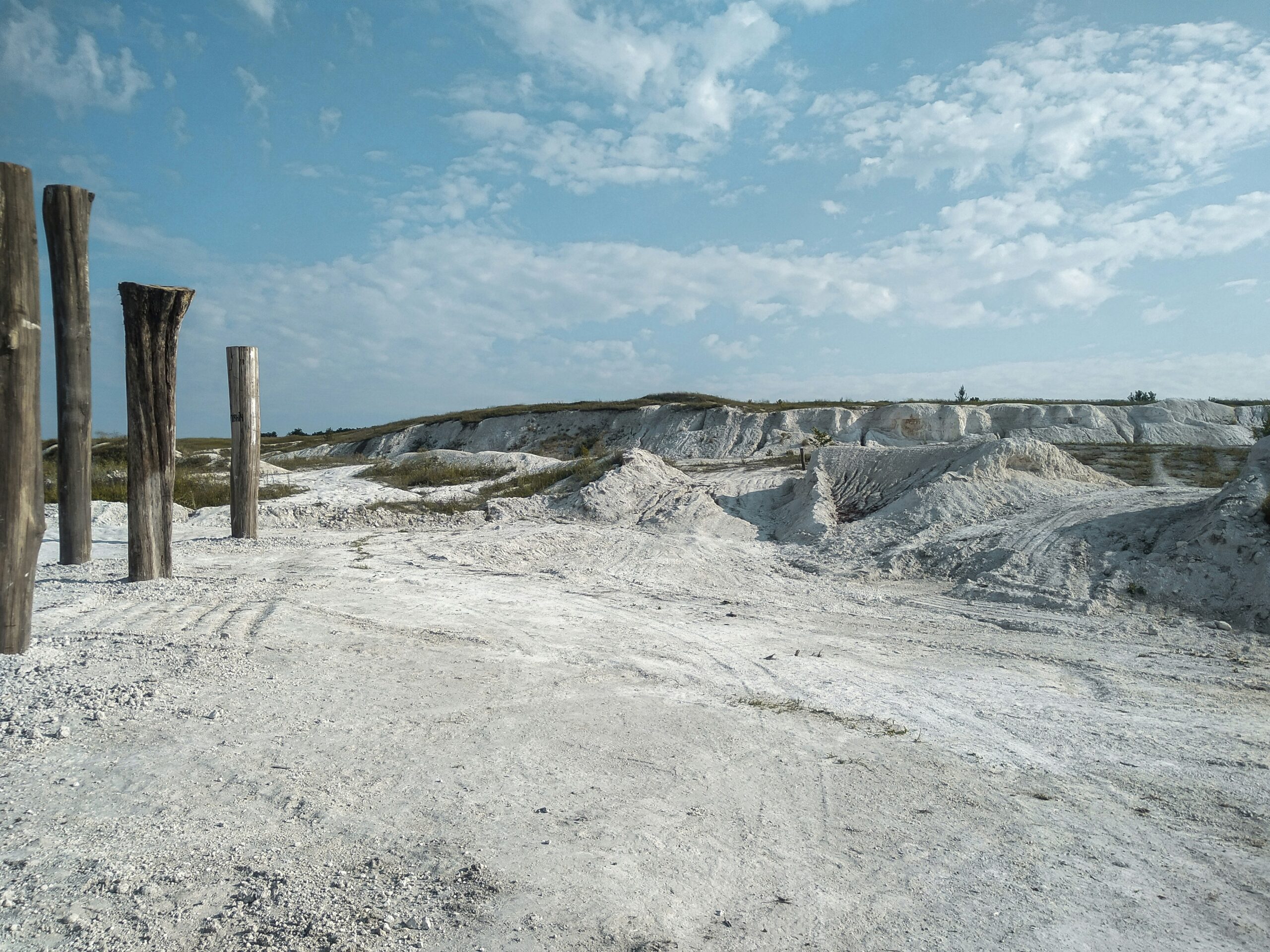Have you ever thought about how elevation impacts the outdoor adventures you plan? When you hear about Mount Shasta City, nestled in the stunning landscapes of Northern California, you might wonder whether its elevation plays a significant role in shaping the outdoor activities it offers. This mountain town, positioned at an elevation of approximately 3,600 feet (about 1,097 meters), is a gateway to many adventures. But how exactly does this elevation affect your outdoor pursuits?
Understanding Mount Shasta City’s Elevation
Mount Shasta City sits at a modest elevation yet exists in the shadow of the majestic Mount Shasta, which towers at about 14,179 feet (4,322 meters). This distinction in elevation creates unique environmental and weather conditions that can significantly affect the types of outdoor activities you can enjoy.
Climate and Weather Patterns
Elevation plays a critical role in determining climate. As you ascend, temperatures generally decrease, and weather conditions can change quite dramatically. Mount Shasta City's elevation contributes to a generally cooler climate compared to lower elevation areas in California. You'll find summers are milder and winters are more pronounced, often providing the perfect backdrop for seasonal outdoor activities.
Flora and Fauna
The elevation of Mount Shasta City influences the types of plants and animals you'll encounter. Higher elevations usually host forests and alpine environments teeming with diverse flora and fauna, including coniferous trees like pines and firs. Wildlife enthusiasts may encounter black bears, deer, and a plethora of bird species native to this elevation.
Outdoor Activities Influenced by Elevation
The elevation of an area can greatly impact the kinds of outdoor activities available, as well as when they are accessible throughout the year.
Hiking and Trekking
Mount Shasta City's elevation offers a wealth of hiking and trekking opportunities. Trails vary from gentle, low-gradient hikes for beginners to challenging ascents for the more experienced. The change in altitude provides a dynamic range of ecosystems and scenic vistas. As you climb higher, the views become even more breathtaking, with the opportunity to witness panoramic landscapes that stretch as far as the eye can see.
Skiing and Snowboarding
In winter, Mount Shasta City transforms into a haven for winter sports enthusiasts. The elevation at Mount Shasta Ski Park, slightly higher than the city itself, ensures ample snowfall, making it ideal for skiing and snowboarding. The consistent snowpack and well-maintained slopes cater to all skill levels, from novice to expert.
Mountaineering and Climbing
For those drawn to more extreme adventures, the elevation and natural formations around Mount Shasta provide excellent conditions for mountaineering and climbing. The higher altitudes challenge your endurance and offer a true test of skill. The diverse terrain, including glacial fields and rugged cliffs, requires rigorous preparation and a respect for the mountain's conditions.
Camping
Elevation affects how you camp as well. The natural setting around Mount Shasta, with its cooler climate and varied ecosystems, creates an inviting backdrop for camping. Whether you prefer backcountry sites or organized campgrounds, you'll find options that allow you to connect deeply with nature.

Acclimatization and Health Considerations
While Mount Shasta City's elevation is not extreme, it's important to consider how your body might react to elevation changes, especially if you plan on venturing to higher altitudes on the mountain itself.
Acclimatization
The key to enjoying high-altitude activities is acclimatization. As the elevation increases, the air becomes thinner, which means there is less oxygen available. This could lead to altitude sickness for some, characterized by symptoms such as headaches, nausea, and fatigue. If you're planning on ascending Mount Shasta or any high-altitude areas nearby, allowing your body time to adjust to the lower oxygen levels is crucial.
Health and Safety Tips
Preparation is fundamental. Stay hydrated, maintain a gradual ascent when hiking or climbing, and be mindful of your body’s signals. If you experience symptoms of altitude sickness, it’s wise to descend to lower elevations until you feel better.
Environmental Awareness and Preservation
Mount Shasta City's unique elevation and its associated ecosystems require a level of responsibility from anyone enjoying the outdoors.
Leave No Trace Principles
Practicing Leave No Trace principles ensures that the natural beauty and resources around Mount Shasta remain pristine for future generations. These principles include respecting wildlife, disposing of waste properly, and being courteous to other nature lovers.
Conservation Efforts
Outdoor enthusiasts can support local conservation efforts aimed at preserving the delicate ecosystems at higher elevations. From volunteering with local conservation groups to participating in maintenance activities, your contributions can make a difference in protecting this area's natural resources.

Conclusion
The elevation of Mount Shasta City undeniably plays an important role in shaping outdoor activities. Whether you're exploring the hiking trails, hitting the slopes, or simply enjoying a camping trip, the altitude influences the environment, climate, and experiences available to you. Understanding how elevation impacts these factors prepares you for a memorable and safe adventure, letting you fully appreciate the breathtaking beauty of this remarkable part of California. So, next time you plan an outdoor adventure, consider how elevation might shape your experience.
